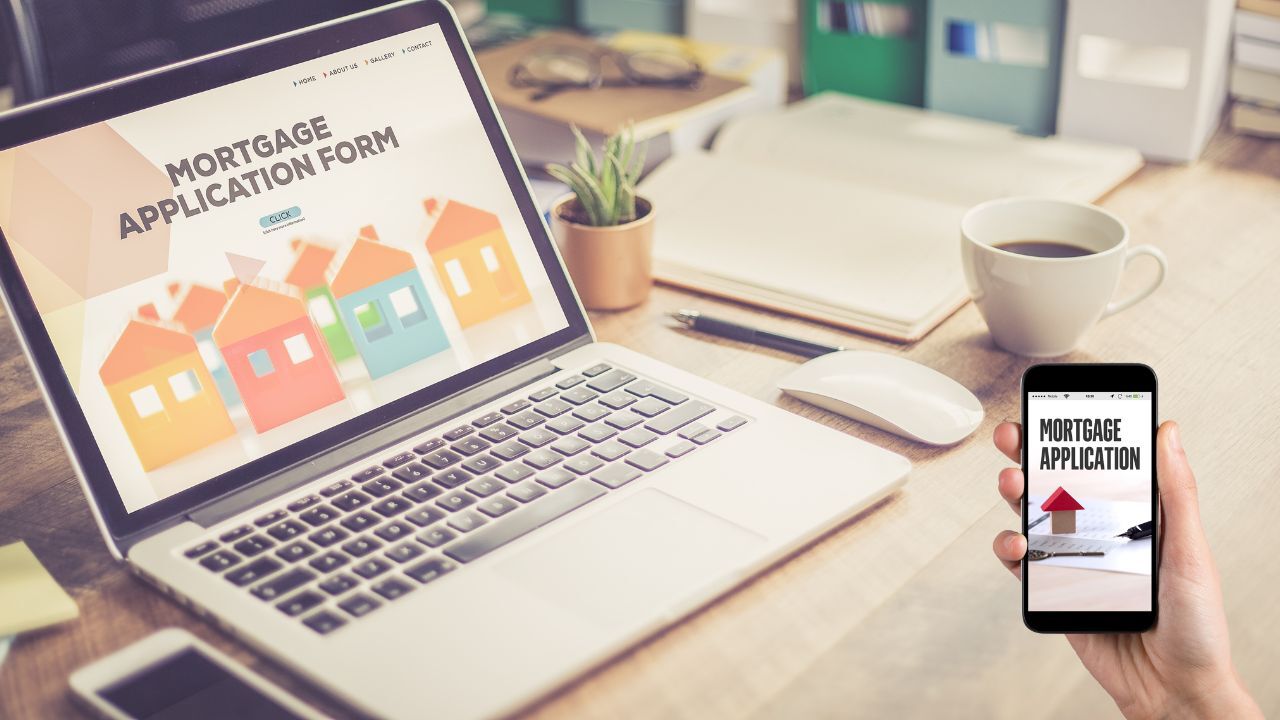The History of Mortgages From Ancient Times to Modern Loans
 The idea of borrowing money to buy property may seem like a modern concept, but the foundation of the mortgage has been around for thousands of years. From ancient civilizations to today’s digital lending platforms, the mortgage has evolved alongside society’s approach to property ownership, wealth, and security. Understanding where it began offers a fascinating look at how this essential part of homeownership came to be.
The idea of borrowing money to buy property may seem like a modern concept, but the foundation of the mortgage has been around for thousands of years. From ancient civilizations to today’s digital lending platforms, the mortgage has evolved alongside society’s approach to property ownership, wealth, and security. Understanding where it began offers a fascinating look at how this essential part of homeownership came to be.
Ancient Beginnings
The earliest forms of mortgages can be traced back to ancient civilizations such as Greece and Rome. In these societies, property owners could pledge land as security for a loan. If the borrower failed to repay, the lender had rights to the land until the debt was settled. The word “mortgage” itself comes from Latin roots meaning “dead pledge,” reflecting the idea that the pledge ended once the debt was paid or the property was taken. These early practices laid the groundwork for the legal and financial systems that define modern mortgages.
The Middle Ages and the Birth of English Law
During the Middle Ages, the concept of mortgages continued to evolve, particularly in England. Land was a major source of power and wealth, and loans secured by property became more structured under English common law. Borrowers often gave full possession of their land to the lender until repayment, but reforms later allowed owners to retain possession while still using the property as collateral. This development made property ownership more accessible and stable, influencing the legal principles that modern mortgage systems are built on.
The Rise of Modern Mortgages
In the eighteenth and nineteenth centuries, as banking systems expanded, mortgages became more formalized. The rise of financial institutions allowed for broader access to home loans, not just for the wealthy. In the United States, the creation of government-backed programs in the twentieth century, such as the Federal Housing Administration and later Fannie Mae and Freddie Mac, helped make mortgages more affordable and standardized. These programs played a key role in expanding homeownership across the country.
Mortgages in the Digital Age
Today, technology has transformed how people apply for and manage mortgages. Online applications, digital signatures, and automated underwriting have streamlined the process, making it faster and more transparent. Modern lenders can assess credit, income, and property value with greater accuracy, giving borrowers more options than ever before. While the tools have changed, the goal remains the same: to make homeownership accessible and sustainable for as many people as possible.
From ancient land pledges to mobile mortgage apps, the evolution of home lending tells the story of how societies value property and stability. The mortgage has always been a bridge between dreams and ownership, and its history shows just how deeply it is woven into human progress.
 When natural disasters strike, homeowners can find themselves facing unexpected challenges. From hurricanes and floods to wildfires and tornadoes, these events can cause major property damage, income loss, and emotional stress. If you have a mortgage, knowing your options for forbearance and insurance relief can make a significant difference in how you recover financially and protect your home.
When natural disasters strike, homeowners can find themselves facing unexpected challenges. From hurricanes and floods to wildfires and tornadoes, these events can cause major property damage, income loss, and emotional stress. If you have a mortgage, knowing your options for forbearance and insurance relief can make a significant difference in how you recover financially and protect your home. Many retirees still dream of owning a new home, whether to downsize, move closer to family, or enjoy a change of scenery. While retirement often means leaving behind a steady paycheck, it does not have to mean leaving behind the dream of homeownership. Lenders understand that retirees have unique financial situations, and there are several mortgage options available to help make that next move possible.
Many retirees still dream of owning a new home, whether to downsize, move closer to family, or enjoy a change of scenery. While retirement often means leaving behind a steady paycheck, it does not have to mean leaving behind the dream of homeownership. Lenders understand that retirees have unique financial situations, and there are several mortgage options available to help make that next move possible.